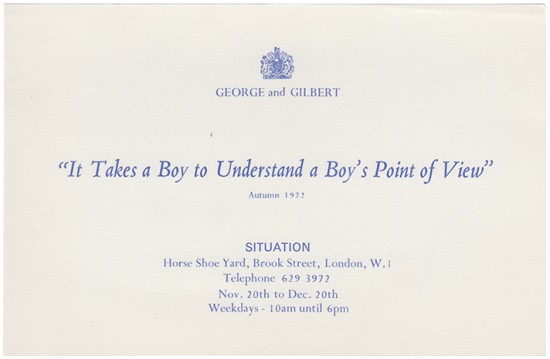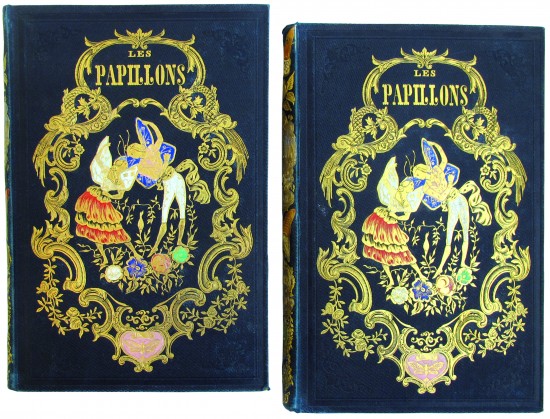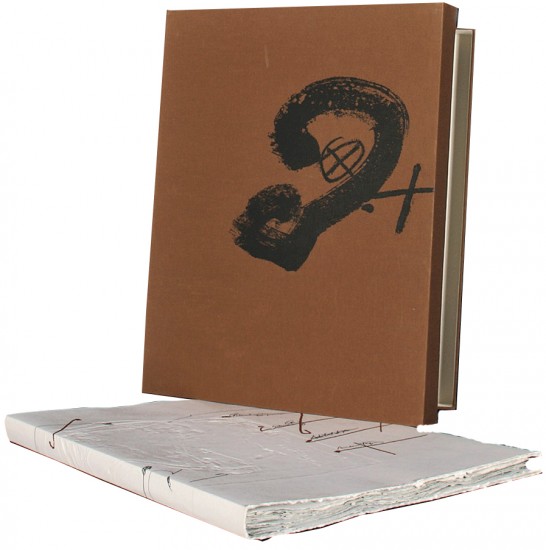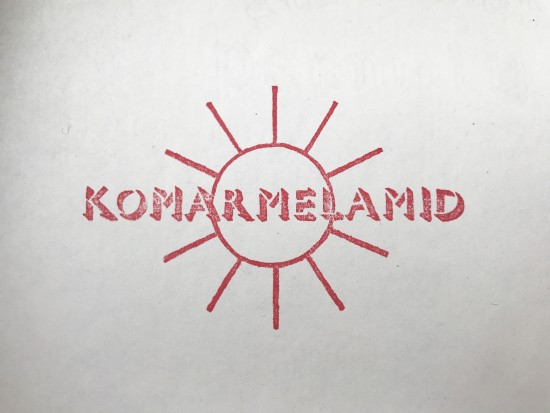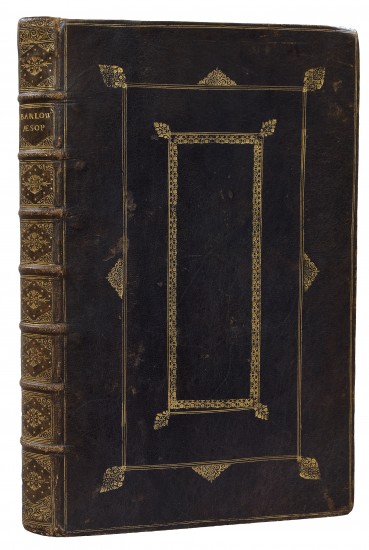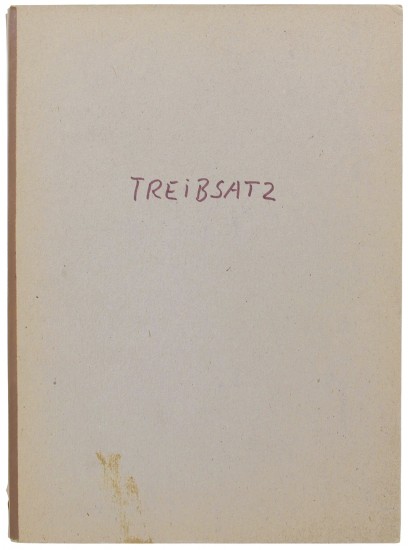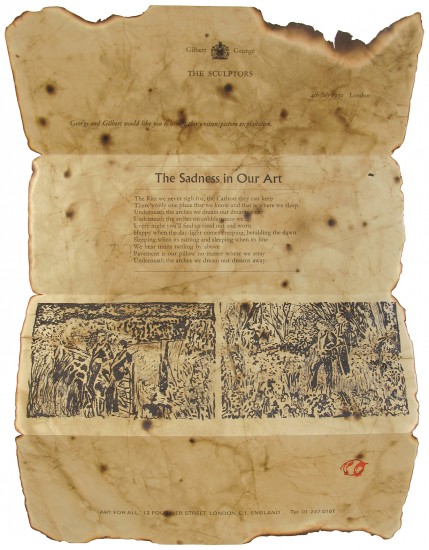The Art-Union, Monthly Journal of the Fine Arts and the Arts, Decorative, Ornamental. Volume 8
Fox Talbot
London. Palmer & Clayton. 1846
Sold
The 'first magazine in the world to be illustrated with a photograph.' (Gernsheim).
This volume of the Art-Union journal is noteworthy for the early appearance of a photographic print in a periodical, a Talbotype, or sun picture, commonly known as a calotype. This copy with the variant Talbotype'The Palace of Justice at Rouen. From Nature, 1843.' Gernsheim mentions that he had seen a dozen copies, each with a different image.
William Henry Fox Talbot (1800-1877), began experimenting with capturing images on light-sensitive paper around 1834, and patented the calotype, also called a Talbotype, in 1840. It was the first instance of a photograph secured on paper and produced with paper negatives, which allowed for multiple copies of the same image to be made, as opposed to the daguerreotype invented by L. J. M. Daguerre in 1839. In 1845 Talbot published The Pencil of Nature, the first book to be illustrated with photographs, and the appearance of a Talbotype in The Art-Union is likely in response to the reaction to the book. The accompanying text, nearly two pages, describes the process and Talbot's development of it.
'The liberality of Fox Talbot, Esq., has enabled us to introduce in our next number a specimen of The Talbotype. It is needless to observe that, although the fame of this wonderful discovery has gone over the world, comparatively few have had the means of examining it ... '. (The Art-Union, pg. 142).
[Gernsheim 620].
This volume of the Art-Union journal is noteworthy for the early appearance of a photographic print in a periodical, a Talbotype, or sun picture, commonly known as a calotype. This copy with the variant Talbotype'The Palace of Justice at Rouen. From Nature, 1843.' Gernsheim mentions that he had seen a dozen copies, each with a different image.
William Henry Fox Talbot (1800-1877), began experimenting with capturing images on light-sensitive paper around 1834, and patented the calotype, also called a Talbotype, in 1840. It was the first instance of a photograph secured on paper and produced with paper negatives, which allowed for multiple copies of the same image to be made, as opposed to the daguerreotype invented by L. J. M. Daguerre in 1839. In 1845 Talbot published The Pencil of Nature, the first book to be illustrated with photographs, and the appearance of a Talbotype in The Art-Union is likely in response to the reaction to the book. The accompanying text, nearly two pages, describes the process and Talbot's development of it.
'The liberality of Fox Talbot, Esq., has enabled us to introduce in our next number a specimen of The Talbotype. It is needless to observe that, although the fame of this wonderful discovery has gone over the world, comparatively few have had the means of examining it ... '. (The Art-Union, pg. 142).
[Gernsheim 620].
pp. [4], 338. (Bound without advertisements). 4to. Illustrated with original mounted Talbotype (i.e. calotype) by William Henry Fox Talbot; 10 steel-engraved plates; additional engraved plate; color lithographed plate; 3 black & white lithographs, 1 folding; 1 folding wood-engraved plate; wood engravings in the text. Contemporary calf-backed ochre silk moiré cloth, title gilt with additional tooling in gilt and blind in six compartments.
#31657


